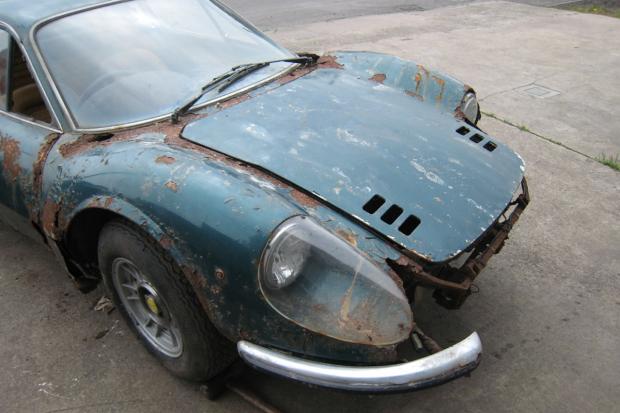
Yesterday, one of the contributors on our Facebook page (check it out here, it's fun) came up with a phrase that perfectly encapsulated what has become for me the most troubling and illogical aspect of the current classic car boom.
Responding to a post about the "rotten as a pear" (copyright Silverstone Auctions) Dino 246GT that somehow romped to £130,000 on the crest of a paddle wave of hysteria, Simon Powell wrote simply: "Rust is increasingly being considered as patina. Bonkers."
And in that simple sentence, Simon summed up an anomaly that I just can't get my head round.

Yes, we all know there is a certain romance to barnfinds and we all go a little weak at the knees over them, by when exactly did an outright scrapper become as desirable as a lovely, original car or even a freshly restored minter?






